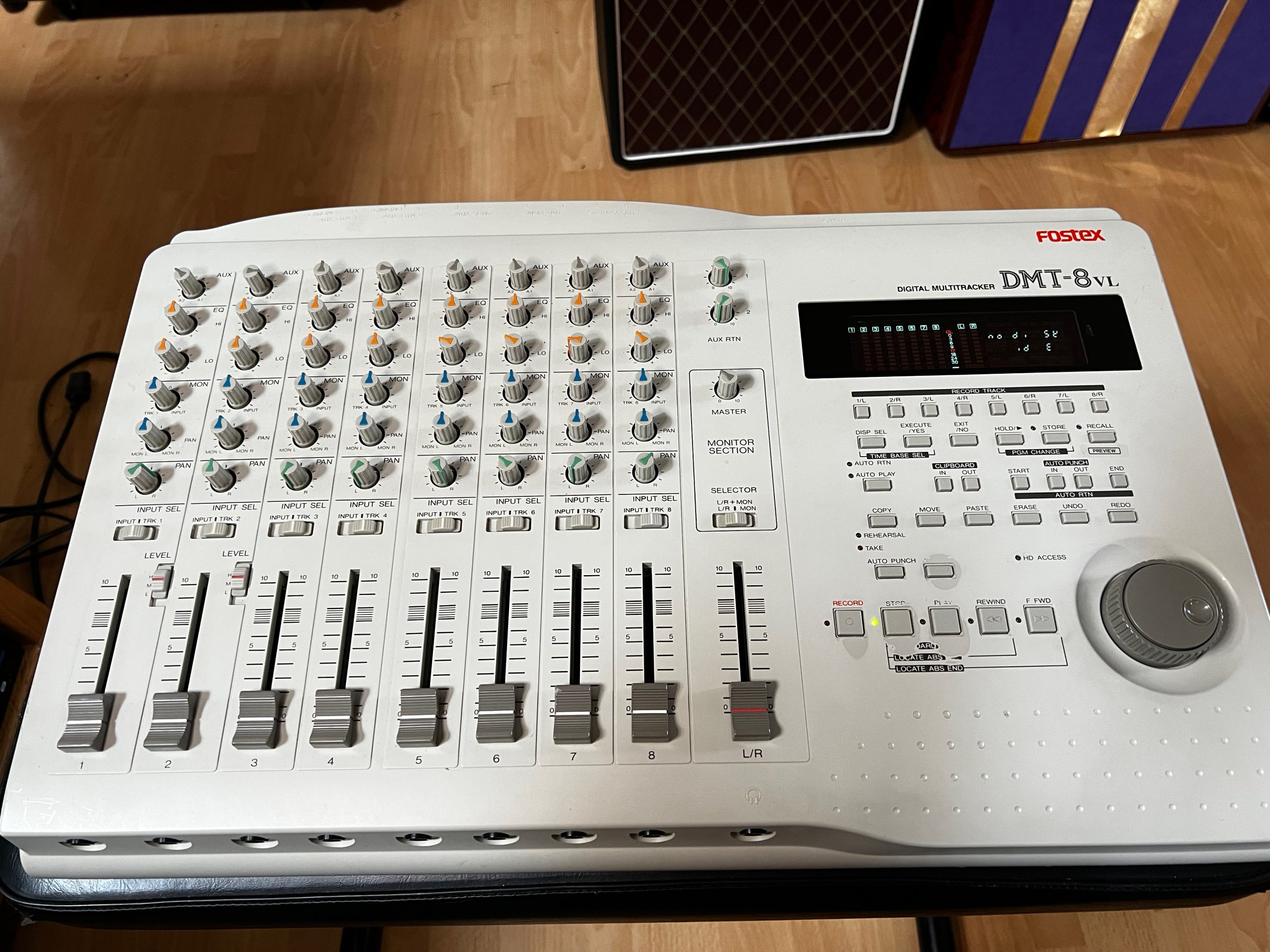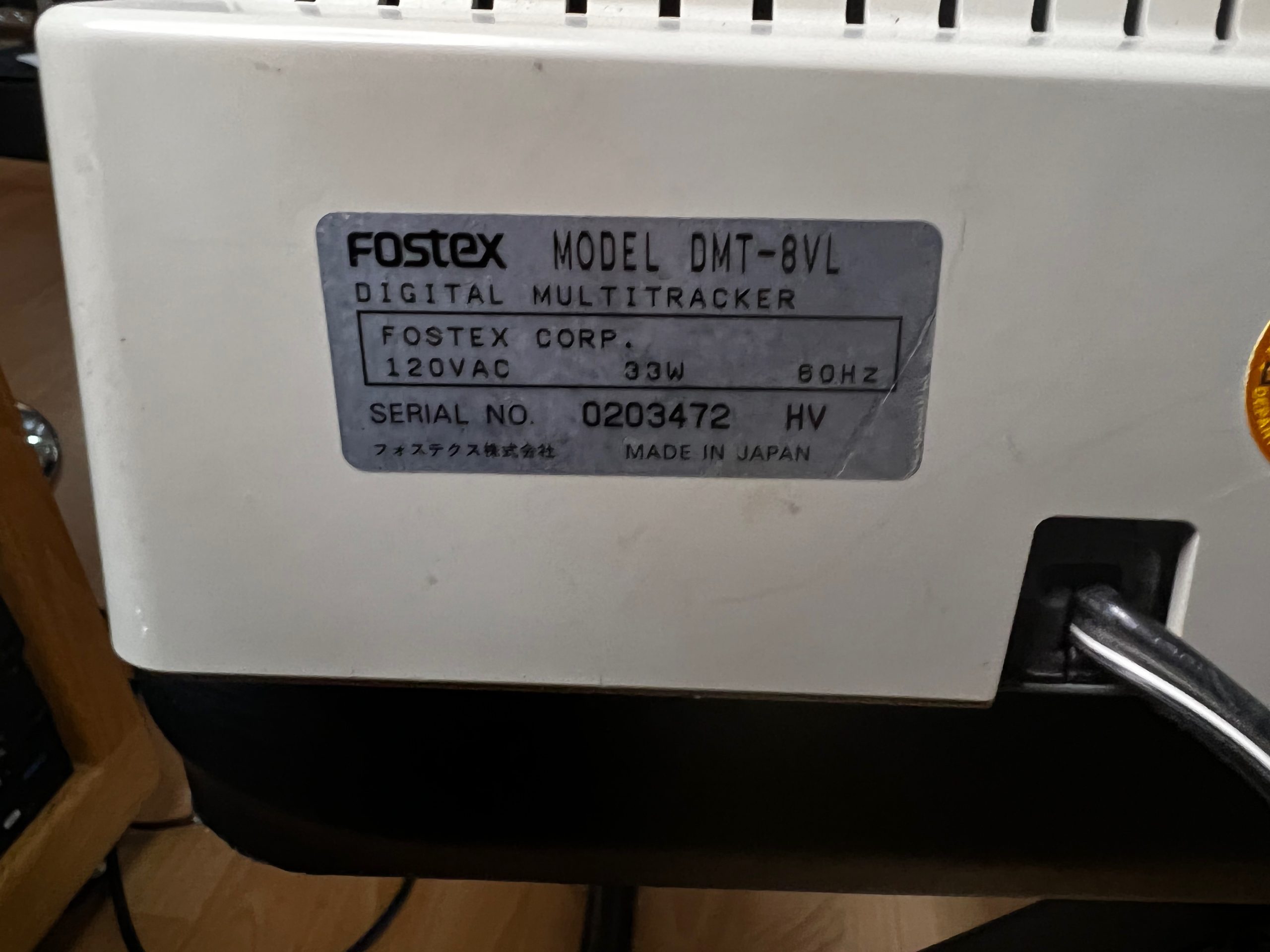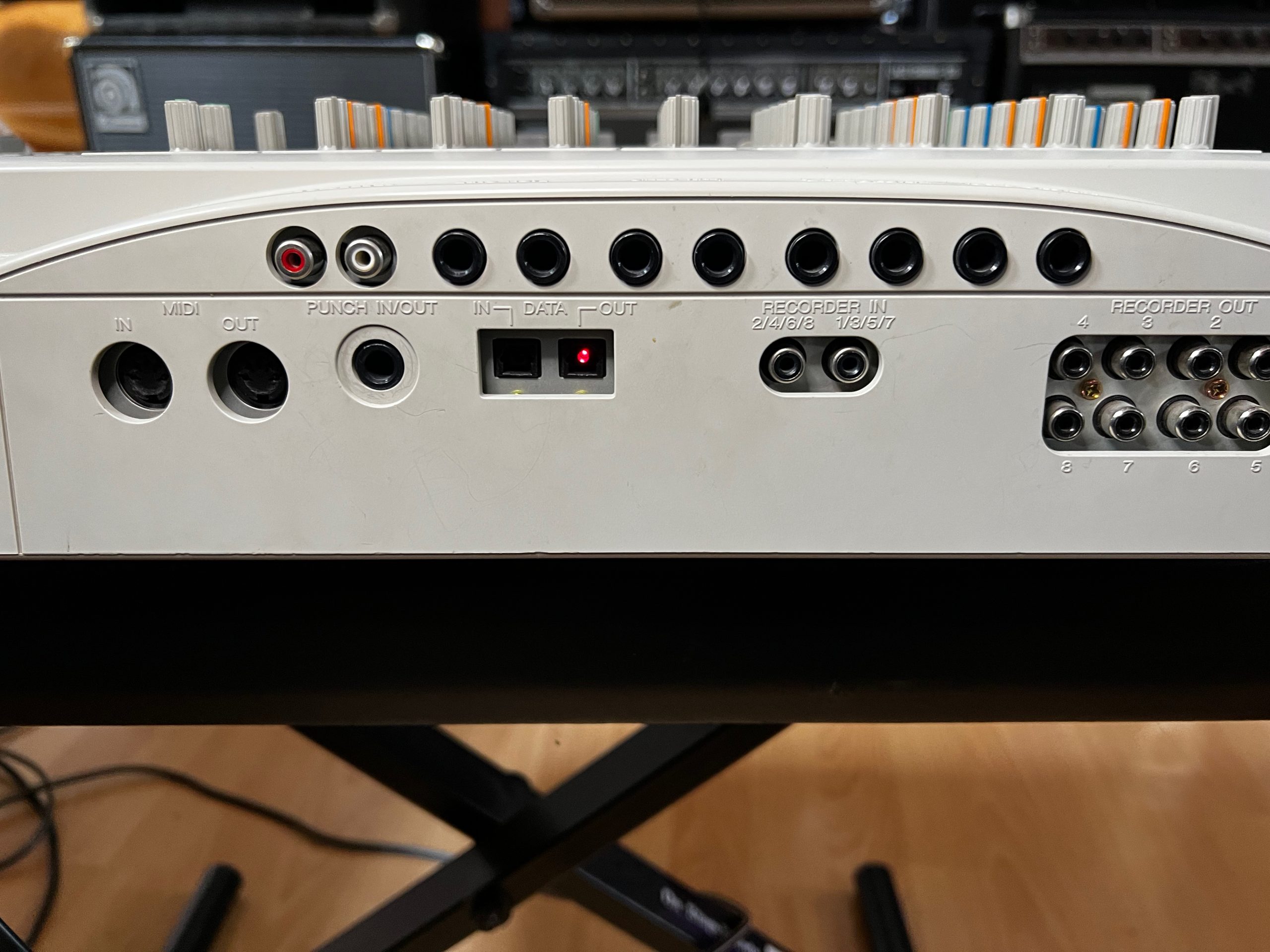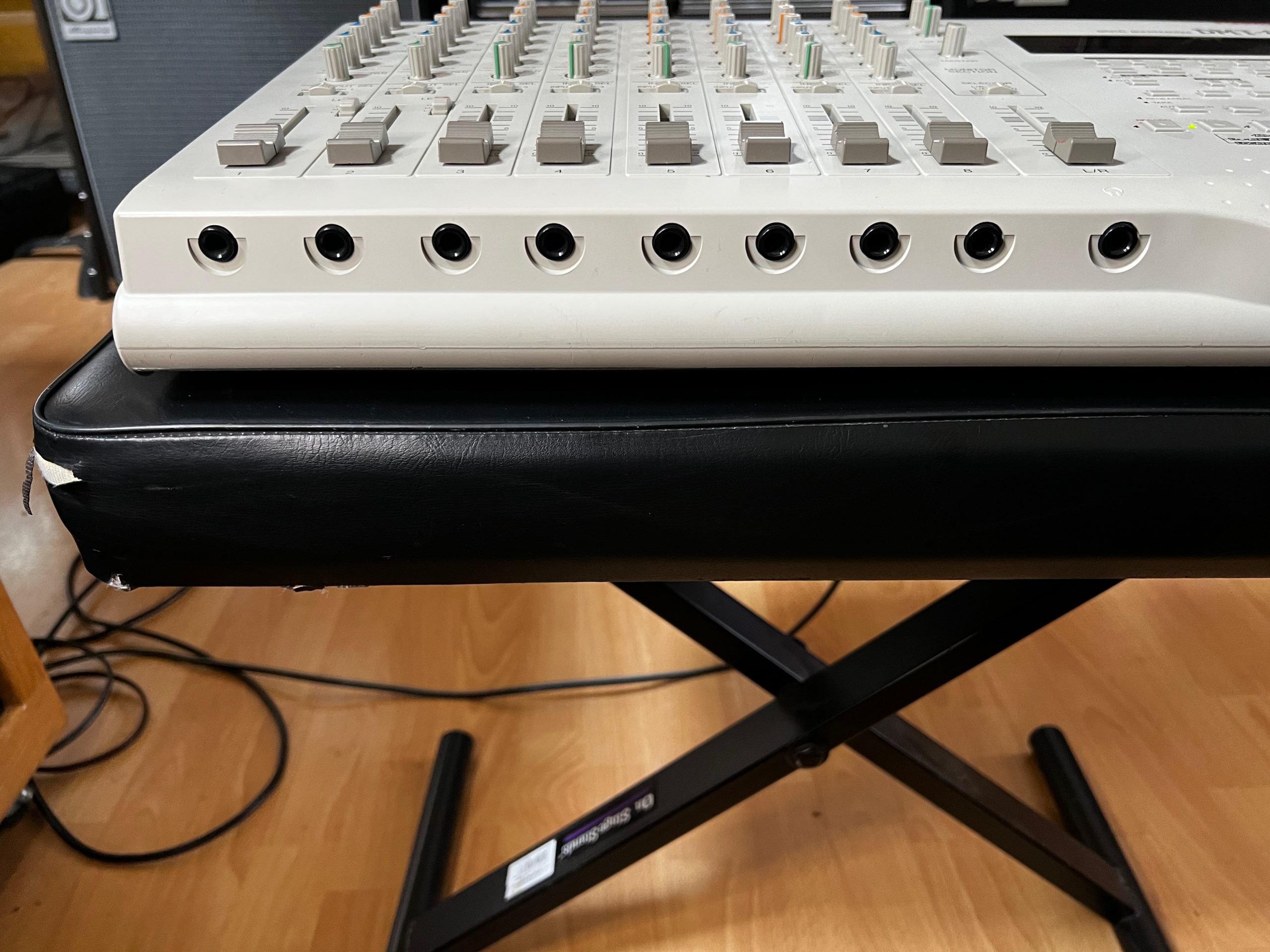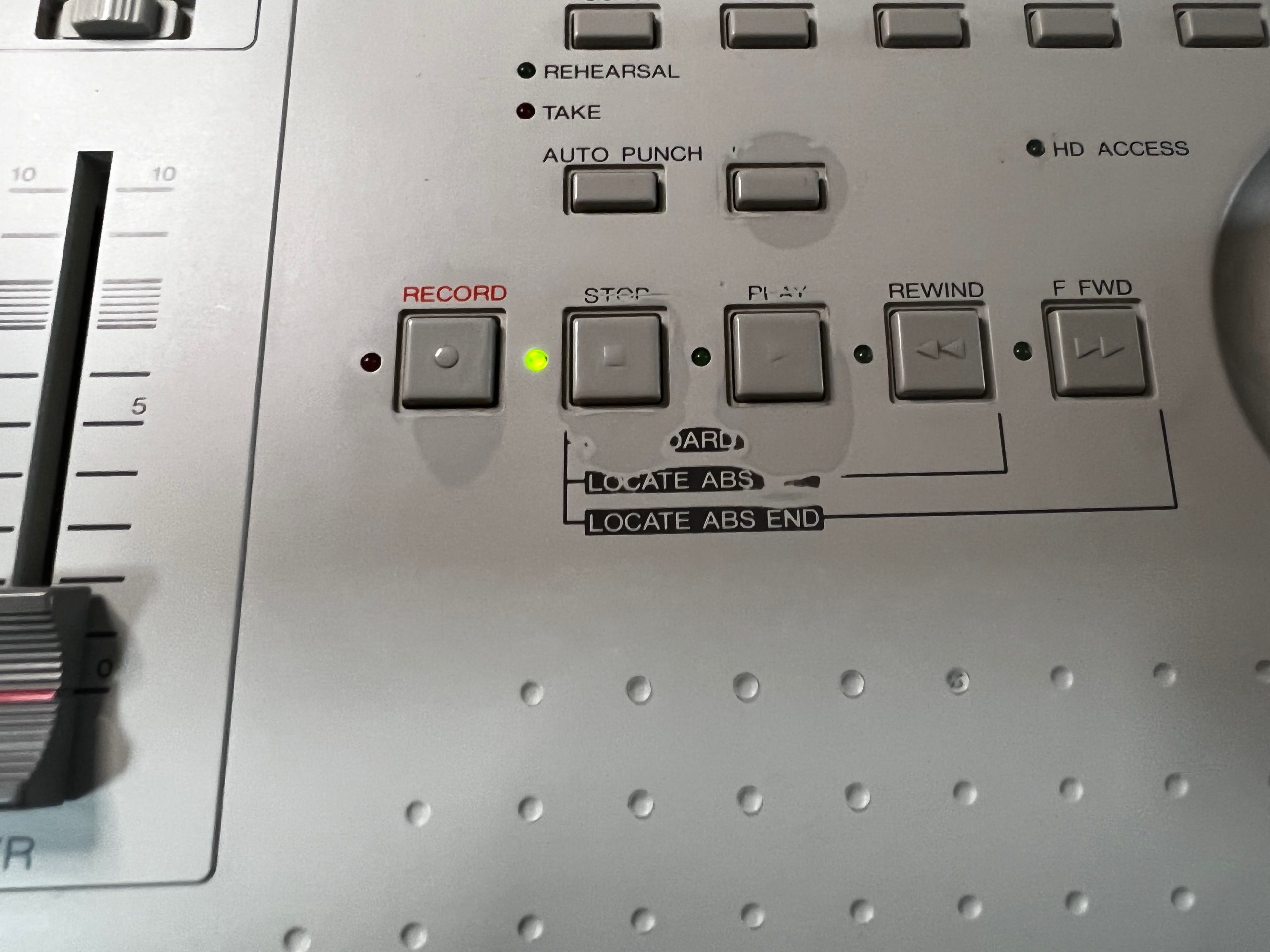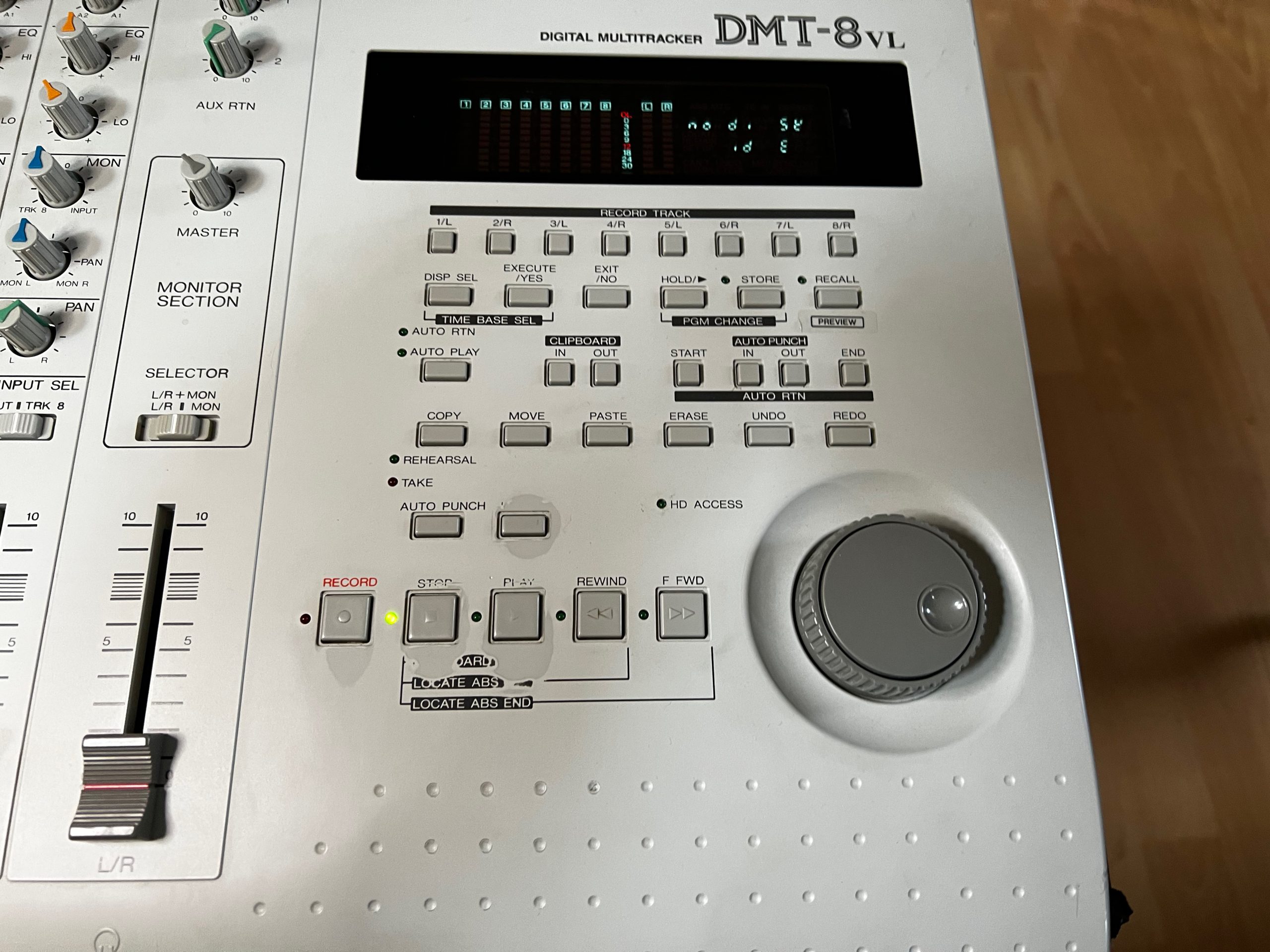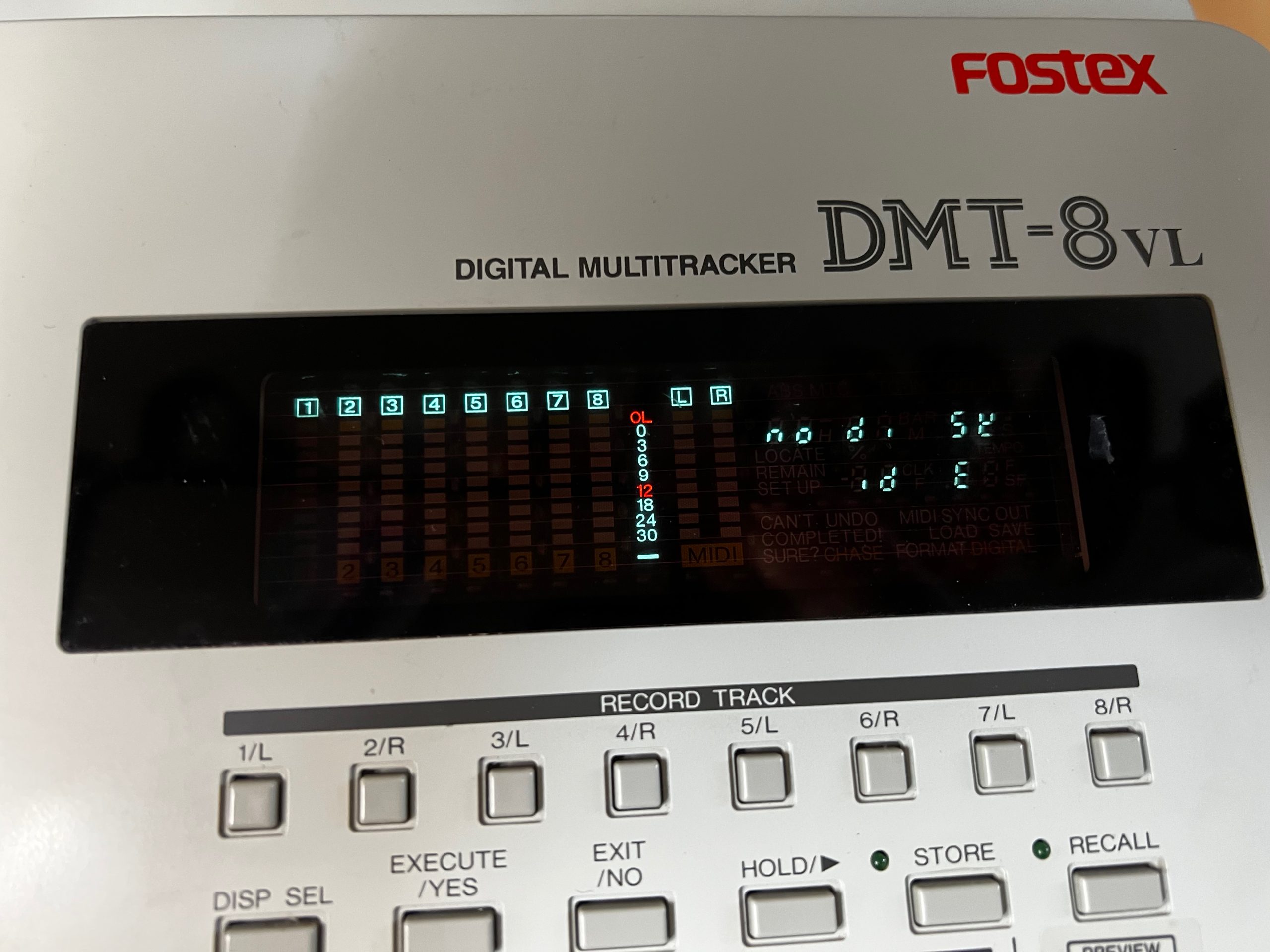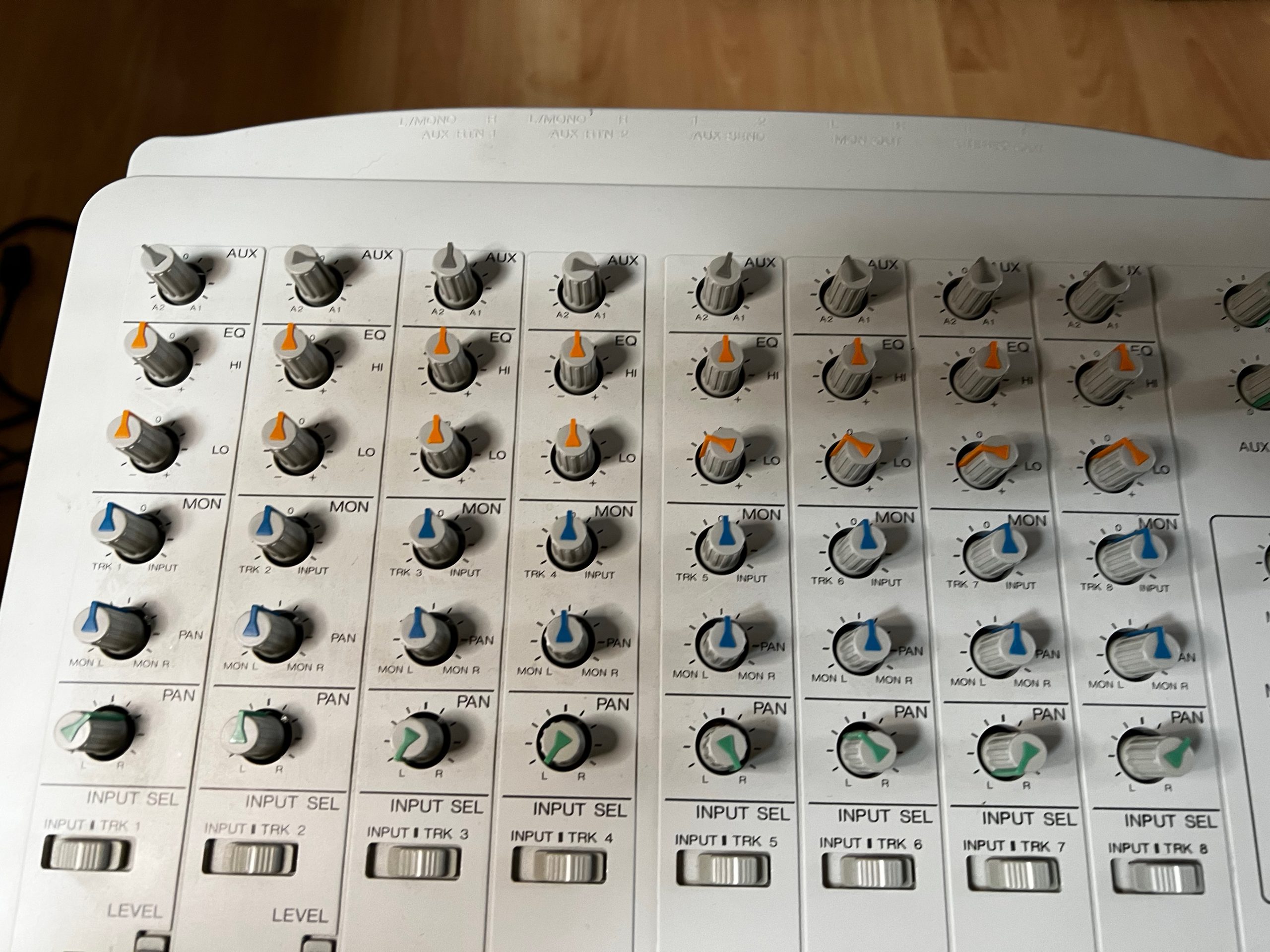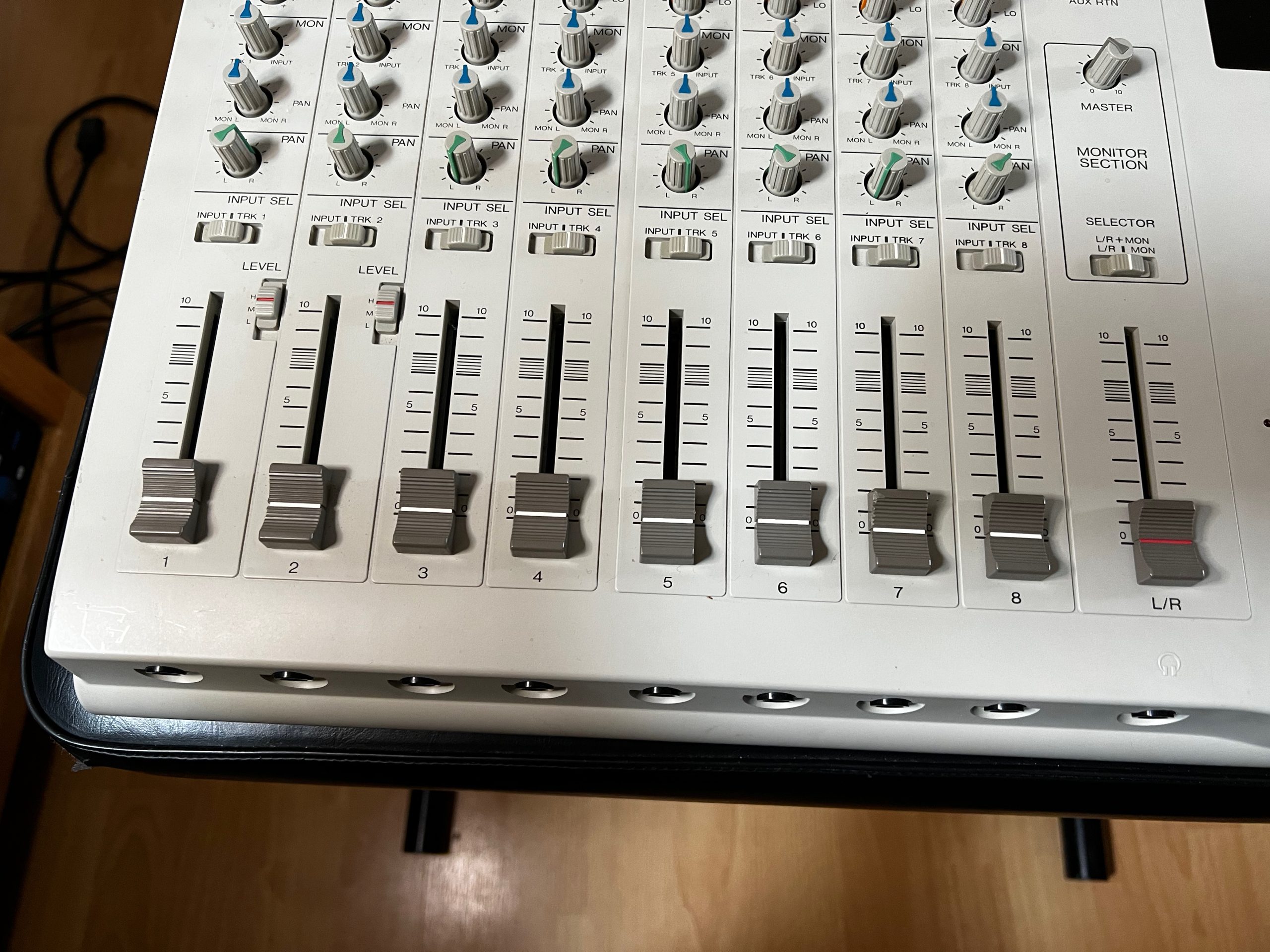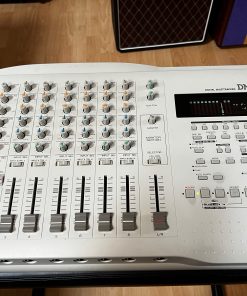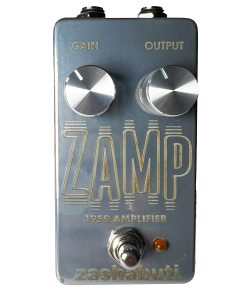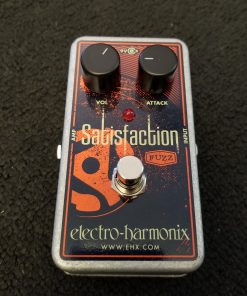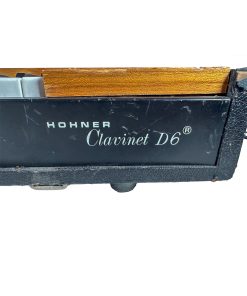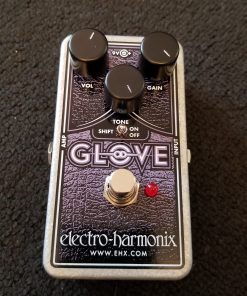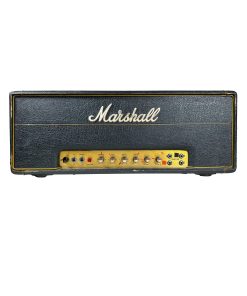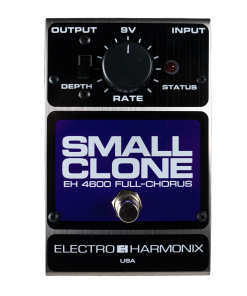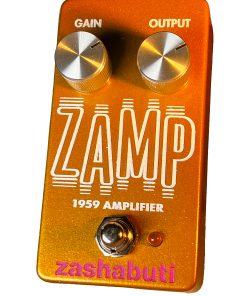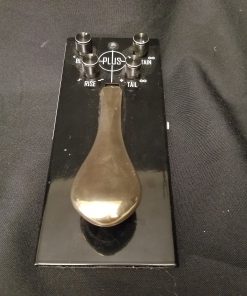Fostex DMT8VL – 8 Track Digital Multitracker w/ Manual
$139.00 Original price was: $139.00.$119.00Current price is: $119.00.
Out of stock
We are Eclectic Sounds / aka: eclsounds – a store front in Portland, Or. We are open 7 days a week from 11 – 5 PST (by appointment)
Used in Excellent condition. Only really wear is on a couple of the labels.
If the Fostex DMT8VL looks in any way familiar, that’s because it’s based on the Fostex DMT8 hard disk digital multitracker (reviewed in last December’s SOS). It seems that whenever an impossibly inexpensive piece of audio equipment appears on the market, a spin‑off is destined to follow at an even lower price, and that’s exactly what’s happened here.
Fostex’s DMT8VL is an 8‑track, all‑in‑one ‘mixer plus recorder’ system in much the same way as a cassette multitracker or Portastudio, but instead of recording to analogue tape, it records to an internal hard disk using non‑compressed, 44.1kHz sample rate audio — the same format as professional DAT and CD. A ready‑formatted 540Mb EIDE internal drive is included in the price, giving around 12 minutes of recording time. To keep things simple, the recording process is very similar to what you’d expect from tape in so far as the overall recording time isn’t doubled if, for example, you decide you only need four tracks.
Though the operation of disk is quite different to that of tape, if you visualise the disk as being eight physical tracks on a piece of ‘virtual’ tape, 12 minutes long, you won’t go too far wrong — Fostex have tried very hard to make the DMT8VL behave and feel like a tape machine. Unlike tape though, hard disk offers the very real advantage of instant access, plus the ability to move or copy data from one part of a song to another. The total recording time may also be split into five Programs, so as to keep your projects separate. Programs may be individually backed up to, or restored from, DAT via the optical digital I/O ports, taking around 45 minutes. For the benefit of those whose DAT machines have only phono S/PDIF digital I/O connectors, Fostex have the COP1 interface (costing less than £50) which converts co‑axial to optical, and vice versa. It’s also possible to digitally transfer data to or from any pair of DMT8L tracks.
So far, then, the Fostex DMT8VL doesn’t seem too far away from the original DMT8 — so what’s the difference, and why is it so much cheaper? In spite of a few minor control button position changes, and the re‑siting of sockets on the rear panel, the recording section of the Fostex DMT8VL is virtually identical to that of the original DMT8. The most important difference in the DMT8VL’s recording section is that a maximum of only two tracks (as opposed to four on the DMT8) can be routed to the recorder at any one time. You can actually record all eight tracks at once if you like, but they’ll all record the same material as tracks 1 and 2! For the musician working on solo projects, this restriction is unlikely to be a serious impediment, as most overdubs are added one or two at a time anyway.
Perhaps more differences are evident in the mixer section; it is noticeably simpler than that on the DMT8, with only two of the eight inputs being capable of accepting microphones. The sweep EQ feature has been replaced by a fixed‑frequency, 2‑band shelving EQ, but if better mixing features are required while mixing, all eight track outputs are still available on phono connectors, enabling them to be routed to a separate mixer.
A further difference lies concealed behind a blanking panel on the right‑hand edge of the machine. The plan is to make various interfaces available for additional drives — for example, a SCSI interface card is planned for early next year. It’s also worth pointing out that the internal drive has been remounted so that it can be changed by the user rather than solely by a service technician, as was the case with the original DMT8. Sadly, neither of these useful improvements can be retrofitted to the original DMT8.
Another point to note is that although you can replace the supplied 540Mb drive with one of a larger capacity to provide more recording time, and fit it yourself, the DMT8VL is not supplied driveless; you must buy the unit including the 540Mb drive, then replace it with the size of your choice. This of course leaves you with a spare 540Mb drive, although it’s worth talking to your dealer, as they may be able to fit a new drive and take care of the old one for you.
Central to the recording section of the DMT8VL is a large custom plasma display that incorporates the eight track meters, the stereo output meters, the time readout and various other relevant parameters. A 10‑digit, 7‑segment readout shows the current time position with a choice of ABS (Absolute Time), MTC (MIDI Time Code) or MIDI bars and beats derived from a user‑programmable, 64‑point tempo map. MTC is available in all the usual formats, and includes an offset capability. Other time‑related functions include autolocating, auto return, auto play between two marked points, and auto punch in/out, where a 10ms crossfade is created to eliminate glitching at the punch in/out points. There’s also a function to locate the ABS zero time or end time (the last recorded point), and in auto‑punch in/out mode, there’s a rehearsal facility similar to those found on a sophisticated cassette multitrackers. A pre‑roll value may be entered to give a suitable run up to a punch‑in point. Also included unchanged from the DMT8 is the handy jog/shuttle dial, which allows audio cueing at up to 20 times normal play speed. The inner part of the wheel is for moving in fine increments, and repeatedly scrubs over a short section of audio as it’s being adjusted. The outer wheel is also used for data editing.
Arming tracks for recording is accomplished using individual ‘Record Ready’‑type switches beneath the meter display, and no mixer routing is necessary (other than panning to odd or even tracks), as only two tracks can be recorded at a time. Because this section is very similar to that of the DMT8, there’s no need to look at it in any more detail at this point; check out the DMT8 review from last December’s issue for more detail. Nevertheless, I must say that I think some of the DMT8VL’s switches could have been better marked. For example, the Execute/Yes and Exit/No buttons are the same size and colour as all the other buttons, yet you’re likely to need them fairly often. A simple change of colour would have made this rather easier. Even the transport buttons are all the same beige colour — at the very least, the Record button should be red, as it was on the original DMT8. Admittedly, it doesn’t take long to get used to where things are, but a little thought at the design stage would have made life easier for the new user.
Fully analogue in design (as on the DMT8), the DMT8VL’s 8‑channel mixer closely resembles the mixer section of a typical cassette multitracker where all the inputs are on unbalanced jacks. Channels one and two will also accept unbalanced mics on jacks, but being unbalanced, there’s no provision for phantom power. Considering the potential for really high‑quality recording on these machines, the omission of a proper phantom‑powered mic input seems curious, but a good, battery‑powered, back‑electret mic will work fine where extra sensitivity and top end is needed.
Unlike a stand‑alone mixer (and the DMT8), the channels have no input gain trim control as such, though the two mic/line channels do have switchable High/Medium/Low sensitivity. There’s just one post‑fade effects send auxiliary positioned at the top of each channel, though closer inspection reveals that it is a centre‑off control feeding Aux 1 when turned clockwise and Aux 2 when turned anticlockwise. This is followed by the two‑band shelving EQ, which operates at 100Hz and 10kHz with +/‑15dB of range. There’s no EQ bypass switch, but the controls are centre‑detented. Two stereo aux returns are provided, though there are no insert points on the mic/line inputs (another saving made in the conversion from the DMT8), so using a compressor while recording is made very difficult.
The Monitor section comprises a centre‑off level pot and a pan control; when the Monitor control is moved anticlockwise, it picks up the track signal for monitoring during overdubbing. Moving it clockwise, on the other hand, picks up the channel input jack so that external inputs can be added to the mix when mixing down to stereo. An Input/Track slide switch above the channel fader is used to select the channel source as either the input jack or the correspondingly numbered recorder track. When recording, the source will be set to input, but for mixing, the source will be the recorded track.
The Master strip is so simple you could almost skip over it on your way to the recorder section — there are just two aux return controls, a master level control and a monitor output selector that offer L/R, Monitor or a mix of both. A single fader controls both left and right channels of the main stereo mix, and a headphone outlet is positioned just below the fader, on the front edge of the unit. No aux send level controls are fitted, but as effects units invariably have their own input level controls, this is no great loss.
Straightforward recording is no different to its equivalent on an analogue machine — you select a track to record onto, set the recording level while monitoring the to‑track level (this monitoring mode is entered by pressing the Record button once), and use the channel Monitor pot to feed some of the Track signal into the phones or studio monitor mix. In rewind, the instant access of the disk is deliberately slowed down a little to create the impression of an incredibly fast‑winding tape machine.
Punching in is accomplished by holding down Play and then jabbing Record, and punching out by pushing Play or Stop. Edits made in this way are quite glitch‑free, and don’t suffer from the gaps, clicks or overlap problems of analogue tape. Auto punch‑ins can be set up in much the same way as you would on a cassette multitracker — but unless you’re really paranoid, doing the job manually is nearly always faster. Musicians working alone can use a standard momentary footswitch to control punch‑ins and ‑outs without interrupting their performance.
Marking a section for copy and paste editing is done using the Clipboard In/Out keys and the Store button, and can be done either ‘on the fly, or by using the jog dial to locate the precise point. The system works fine, but for marking sections on the fly, I feel there are too many button pushes required — ideally there should be just one button to store the In point and another to store the Out point. As it is, you have to enter Edit mode, press Store once before hitting In, and once again before hitting Out — and then you have to press Copy to put the data onto the clipboard.
Data may be copied from any track to the same track or to any other track or tracks (using the Record Ready buttons as track selectors), but you have to be careful if the source data and the destination overlap, as the action of pasting will change the original source data. This is quite ‘legal’, but if the manoeuvre goes wrong, you need to undo it rather than simply erasing the clipboard, otherwise there’s no way to get back to your original situation. That’s the downside of destructive editing (see the box, left).
Using the digital I/O, data can be recorded onto selected tracks entirely in the digital domain, and using the same digital ports, mixes or track pairs can be transferred to DAT via a digital link rather than from the mixer’s analogue outputs. Whether there is any benefit in transferring your mix digitally depends on the quality of the converters in your DAT machine — if the DMT8VL is better, then it’s better to come out digitally, but if not, you may be best using the analogue output. Either way, you don’t get a true all‑digital mix, because the DMT8VL’s mixer is analogue. The other purpose of the digital I/O is to archive or restore mixes to and from DAT for backup purposes. This feature does not work with data‑compressed media, such as DCC or MiniDisc.
As I’m sure the designers intended, the DMT8VL operates almost exactly like a cassette multitracker, but with the added flexibility offered by cut, copy and paste editing. When it comes to sound quality, the recorded results are superb, and although the mixer isn’t very sophisticated, it does have a short enough signal path to keep the signal clean. What’s more, you can take all eight track Outs to an external mixer if that suits your needs. No code track is required if you need to sync up a sequencer — you can feed MIDI Clock or MTC direct from the MIDI Out socket to use the DMT8VL as a master, but there’s no provision to use the DMT8VL as a slave other than to a DMT8 (provided it is version 2 or later) or a D80 (Fostex’s rackmount version of the DMT8, reviewed SOS June ’96). This means that you can’t, for example, sync the DMT8VL to timecode on a video machine. MIDI Machine Control, however, is catered for, which makes for easier integration with a sequencer.
When using MIDI Clock, an internal tempo map must be set up, and up to 64 tempo changes are allowed for, but if you can use MTC, you’re not obliged to create a tempo map, unless you want to see the elapsed time readout in bars and beats.
By any yardstick you choose, the DMT8VL is a lovely piece of home recording kit, and the fact that it isn’t bristling with quite so many features as some of its competitors is mitigated by its very straightforward cassette multitracker‑style operating system and its relatively low cost. The limited recording time of a little over 12 minutes means that you either have to discipline yourself to getting one project finished before you start another, or resign yourself to backing up to DAT over lunch, but at least the DAT backup option comes as standard — assuming you have a DAT machine.
During the course of this review, I’ve criticised one or two minor features, such as the long‑winded clipboard procedure and the lack of coloured buttons in the recording section, but I make no apology for this, as these are things that could have been sorted out without adding to the cost. Perhaps the only significant technical limitations are the lack of phantom‑powered, balanced mic inputs and the lack of insert points on those channels. On the plus side, the operating system seems rock‑solid, and the footswitch option makes it ideal for single‑user operation.
I haven’t really made too much of the price yet, and that’s the most staggering thing about this product — an 8‑track digital recorder plus mixer for under a grand — it’s almost an impulse credit card buy! Of course, the price of the original DMT8 has also fallen to £1199 — so there’s now only a couple of hundred pounds between the two machines. Discerning users might feel that the extra cost for the DMT8 is worth it for the ability to record four tracks at once and for the better EQ, but the recording power the DMT8VL package places in your hands for so little money should not be overlooked. Lock up a MIDI sequencer to it and you have a complete recording studio on a tabletop, capable of professional audio quality.
( Due to people taking advantage of eBay / Reverb return policies; wanting to “try out and/or pilfer parts” we can no longer take returns on used gear unless it arrives damaged. Sorry for this inconvenience. We test and guarantee all gear to be 100% working unless stated otherwise )
Come play this gear in our shop!
| Weight | 320 oz |
|---|



